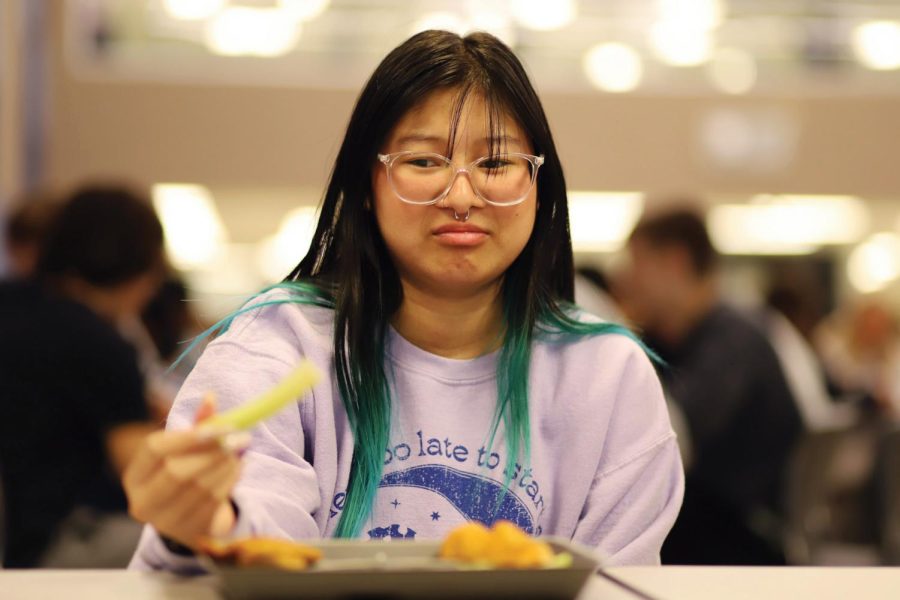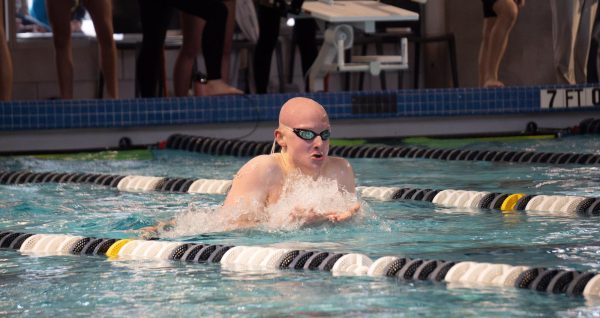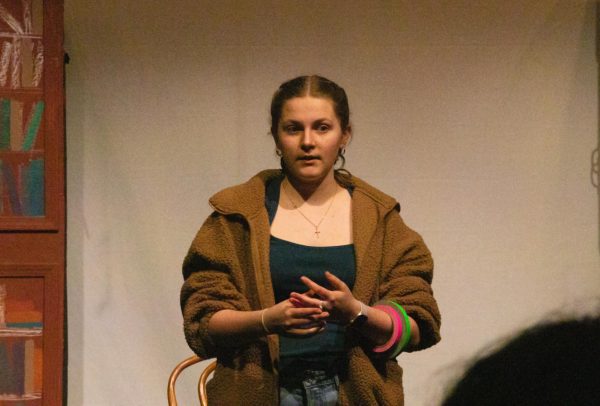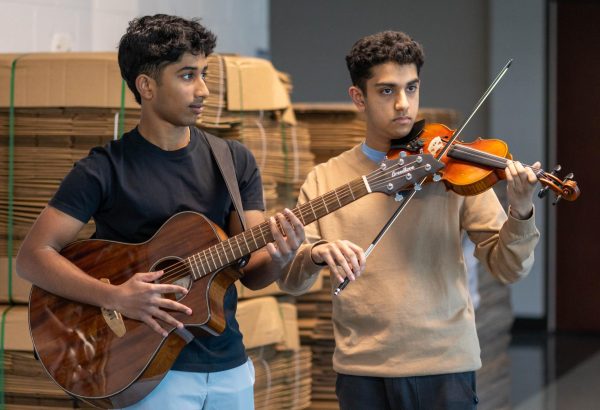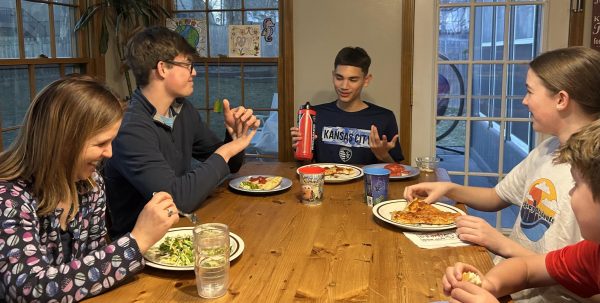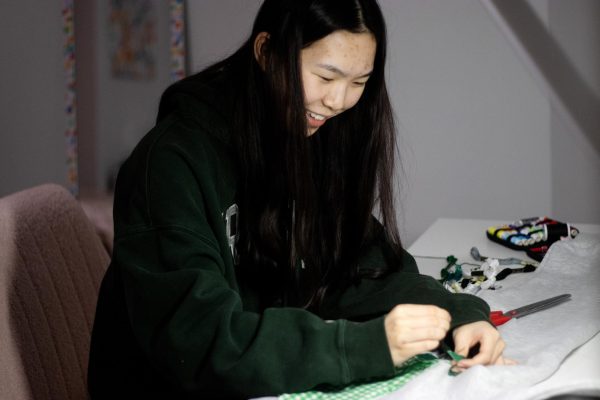Lunchin’ and crunchin’
School lunch times and food options can affect the eating habits of students.
Many students choose to buy their lunch due to ease, but long lines and unappealing options cause some to forgo eating anything while school.
Starting at 10:13 A.M., just after their last sip of coffee, students begin to line up for lunch. Twenty-five minutes later, at 10:38 A.M., those same students are on their way to their second class period of the day.
Senior Zach Hammond said this short window of time can lead to students feeling rushed to eat and finish their plates, which he said can introduce damaging eating habits.
“I just try to get in and out of the cafeteria really quickly so that I can have more time to eat, but for people who wait in the long lines, they have to rush,” Hammond said. “This can be harmful because some people struggle with food and eating, so when they’re given such a short amount of time, it can be harmful to them.”
Besides the limited amount of time students are given to eat, Hammond also finds that school-provided lunches have the possibility to create unhealthy eating patterns. He said he wishes the schools would provide a wider variety of nutritious options besides his usual meal of pizza and chips.
“Every time I’m at school, I kind of just get the same thing every single day. And I never really get an option to try to switch it up or try eating healthy,” Hammond said. “I usually just get pizza because that’s the shortest line and since we have such a small time to eat, I just like to get in and out.”
Blue Valley School District Director of Food Nutrition Services Charles Rathbun said the staff shortage in the district has played a key role in the removal of certain food options in cafeterias. He said high schools are supposed to have nine workers in the kitchen, but they only have an average of seven right now.
“Before Covid, we did made-to-order theme bars at all the high schools,” Rathbun said. “I’m hoping we can get back to the point where we’re staffed like in our pre-Covid era, where we can start introducing some different options that we don’t really have the ability to do right now.”
Assistant Principal Kelsey Bakalar noted the limitation of staff also affects why Northwest has to adjust the lunch periods. Due to the shortage, the school has to provide enough time in between lunch periods to give the workers time to prepare for the next group.
“If we’re limited in staff, it can mean backup in the cafeteria, and that can cause a struggle to get the food ready,” Bakalar said. “[Having three lunch periods] gives the gals in food services an opportunity to regroup and get out more food and prepare for the next [group of] students that are going to come in to eat.”
However, the long time period dedicated to lunch caused the first lunch to start at 10:13 a.m., according to Bakalar. She explained the decision for early lunch times was the best option for our school because it was between a very late or early lunch for students.
“It really had to do with the schedule for the entire day. It was unavoidable and we evaluated a lot of options to figure out what we thought was going to be best,” Bakalar said.
As for the selected eating times, junior Katy Olson said she believes the early lunch times can potentially worsen students’ eating behaviors.

“They’re giving us a specific time slot to eat in. Most people aren’t hungry that early in the morning, and then they don’t eat lunch, and they’re not really eating until they have dinner,” Olson said. “You should be able to eat when you feel hungry and when you want to, so that’s kind of harmful.”
Rathbun said there used to be pre-made salad options in the cafeterias, but they were not very popular. Those, along with other options, are not currently available in cafeterias.
In addition to this, Rathbun said there are specific guidelines the district must follow in order to receive federal and state funding.
“Our students have to have at least two food groups that are not fruit and vegetable and then half a cup of fruit and/or vegetable,” Rathbun said.
There are positive aspects of the lunchroom for students, according to sophomore Kate Hofmann, who suffered from anorexia during her eighth-grade and freshman years amidst the nationwide lockdown. She expressed that being around friends in a social environment, like the lunchroom, helped take her mind off the eating process in general.
“There are positive impacts [to school lunches] because you’re with your friends just normally talking, and having that sort of distraction helps take away from thinking ‘oh, it’s food’, and you just have to be there with it, but friends definitely help,” Hofmann said.
Kate’s mom, Susan Hofmann, agreed that the social aspect of school lunches helped her daughter’s eating habits.
“Being back in school with her peer group definitely was beneficial because she was able to be with friends her own age and able to have a normal phase of her life where she wasn’t just always alone at home with her family members,” Susan said.
Although, Hofmann said she would often notice many tables around her, including sometimes her own, would have a very limited number of people actually eating lunch. She said this aspect of the lunchroom was particularly damaging to her.
“One person I sat with last year, she wouldn’t bring lunch,” Hofmann said. “So, while I was trying to get back into the groove of normal things, it kind of affected me and [had me thinking] ‘why wasn’t she eating?’”
Psychology teacher Heidi Gipple shared her advice for anyone who has problems surrounding food or witnesses others struggling.
“If you or somebody that you know is struggling with an eating disorder, or if you notice any of those symptoms, please reach out for help. We have great resources here at school that can help anybody who might be struggling with that,” Gipple said. “The counselors or our social worker, Mrs. Wells, would have the best chance at being able to connect to the resources that [you may] need in order to be able to start addressing anything clinically that’s going on.”
In order to fix some of the problems students face, Olson proposed more teachers being open to food in class.
“I do think that allowing the classrooms to be more flexible with food is definitely important,” Olson said. “Every teacher kind of has different rules they have in their classroom, but I think allowing that flexibility could really help.”
As of now, there will be no changes regarding lunch times or food options at Northwest, according to Bakalar. However, she and her team are always willing to listen to what students have to say.
“The one thing I hope kids understand is that in a district of this size, where you’re having to cater to this many schools, it’s just going to limit your options,” Bakalar said. “Sometimes those changes can be made and sometimes they can’t, and we’re just not always going to be able to make everybody happy.”
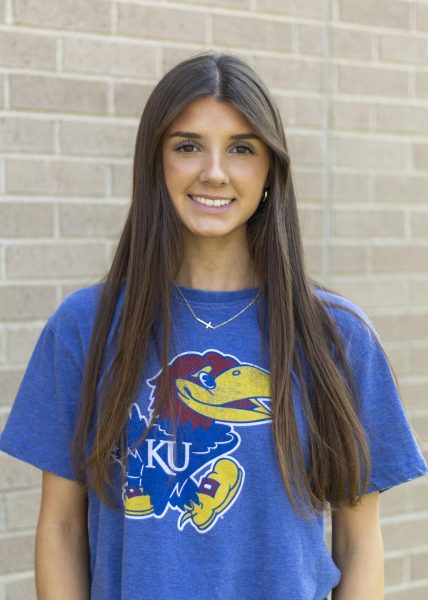
Hannah Rakolta is a senior and Copy Editor for “The Express.” This is her third year on staff as a writer. Outside of newspaper, Hannah is involved in NHS, as well as Quill and Scroll. Hannah enjoys playing golf, going on hikes, and spending time with her friends and her family. Hannah’s dream places to visit are Italy and Greece. She is so excited to be an editor and be a senior!

Sydney Barnett is a senior at Northwest and one of this year’s Editors-in-Chief for The Express. This is her third year on staff, having previously been a writer and the Chief Writer. At school, Sydney is involved in girls soccer, BVNW Ambassadors, NHS, Mu Alpha Theta, Spanish NHS, Quill and Scroll, KAY club and Team Up for St. Jude. Outside of school, she enjoys club soccer, hanging out with friends, spending time outside and listening to music. She also likes volunteering and working with children. Sydney is super excited for her last year on staff and cannot wait to see all the staff accomplishes!

Shahd Abdeljalil is a photographer for “The Express.” She is a sophomore and this is her first year on staff. Outside of newspaper, Shahd is a member of multiple clubs including MSA and Diversity Club. In her free time, she enjoys reading, hanging out with friends, binge-watching shows and traveling. Overall, Shahd is very excited to finally join newspaper and to grow her photography skills!


